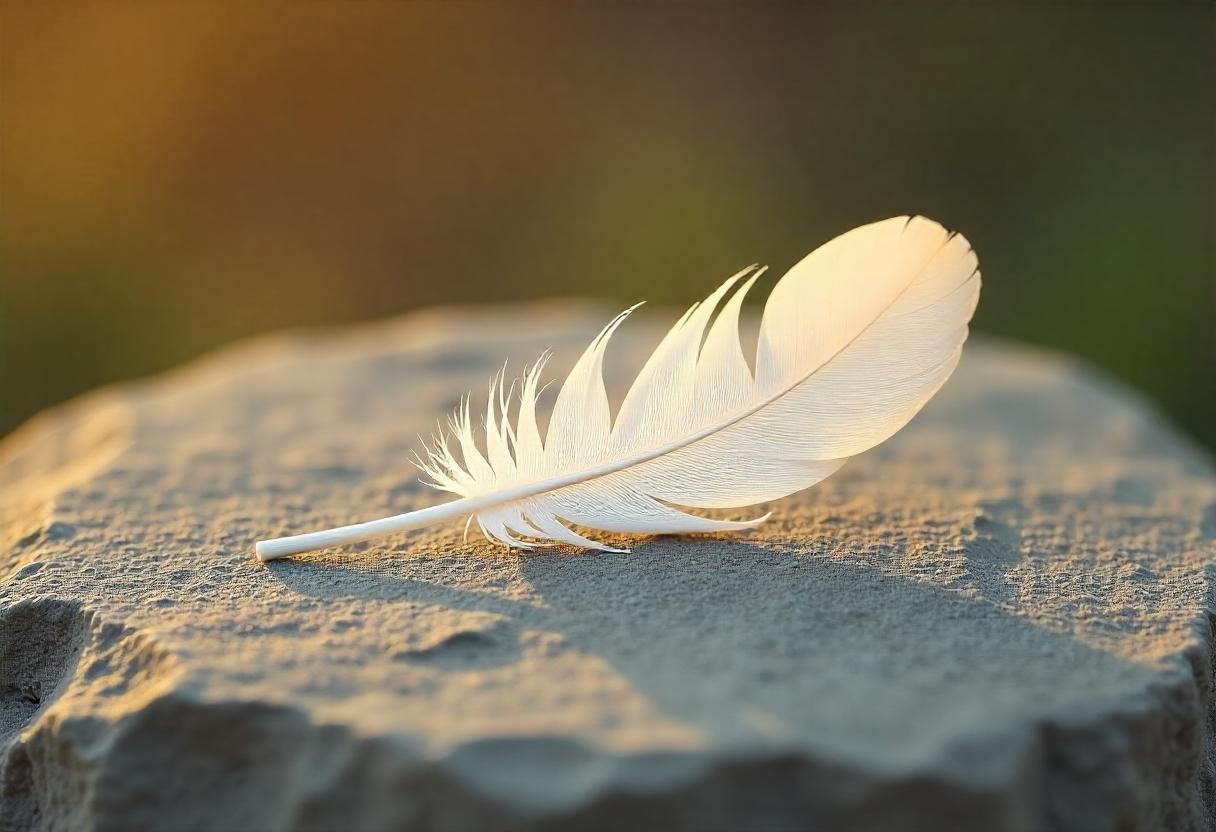Difference Between Full-Frame and Crop-Sensor
Aspirants or amateurs wonder about these two terms when some professional photographers use terms like full frame and crop sensor cameras. This is one of the most unknown facts among amateur photographers, and that is the reason most aspiring photographers face difficulties with the size and quality of their images. They get less sharpness, less clarity, less detail, and more noise because of their lack of knowledge of the right camera. In this blog, we will swipe the dust off the frame to get the clarity of this picture. Let’s take a deep dive and find out more about the differences between a full-frame and crop-sensor camera.
Full-Frame: A Right Choice?
So what is the meaning of a Full-frame camera? It is very simple: the camera that gets you an image of a full-frame. A full-frame camera has a standard-size sensor of 35mm, or 36 x 24mm, which helps a photographer get an image with more sharpness, clarity, more details, the right colours, and less noise. This improves the quality of the product and shows the best detail of an object in the frame. Most DSLRs and mirrorless cameras are full-frame and provide dynamic range. Let’s find out the advantages of having full-frame cameras:
- Helps to cover wide angles
- Enhanced the depth-of-field
- Provides High-Resolution
- Gives bigger and better pixels
- Let’s output oversized pictures
Are crop-sensor cameras not good?
First, let’s find out the meaning of crop-sensor cameras. It is an obvious thing, and as the name suggests, a crop-sensor camera has a smaller sensor size than a standard-size sensor camera, which you can see in the image below.
In the image above, you can see the difference between a full-frame sensor and a crop sensor. Despite learning about the advantages of full-frame sensor cameras, does that mean that crop-sensor camera are useless? No, crop-sensor cameras have their own different motives for making it to a photographer. Let’s now find out the advantages of a crop-sensor camera:
Crop Factor
- While the crop factor is not favourable in terms of the crop sensor, a benefit can be achieved with these cameras. One can get a magnifying view of a scenario as closely as possible with a crop sensor. If you shoot wildlife photography or sports photography, a crop sensor is best for you.
Budget Friendly-
- If you are interested in photography and are an amateur photographer and you want to start your journey in the same, then crop-sensor mirrorless cameras are best for you to establish yourself and brush up on your photography skills. This will give you an easy start with fewer typical technical buttons.
Related Blogs
Do you want free career counseling?
Ignite Your Ambitions- Seize the Opportunity for a Free Career Counseling Session.
- 30+ Years in Education
- 250+ Faculties
- 30K+ Alumni Network
- 10th in World Ranking
- 1000+ Celebrity
- 120+ Countries Students Enrolled
A Photographer’s Relationship with Lights
Five Tips To Improve Your Photography Skills
What is Aerial photography? Types and Career Path
Book Now →
Things to know as a Professional Photographer
How to Create a Fashion Photography Portfolio on a Budget

AAFT has been providing the world with limitless creativity and expression since 1993! Through a dynamic and industry-driven curriculum, AAFT provides engaging and captivating articles to persuasive blogs and empowers its readers to explore diverse avenues of creative media education-related content.






